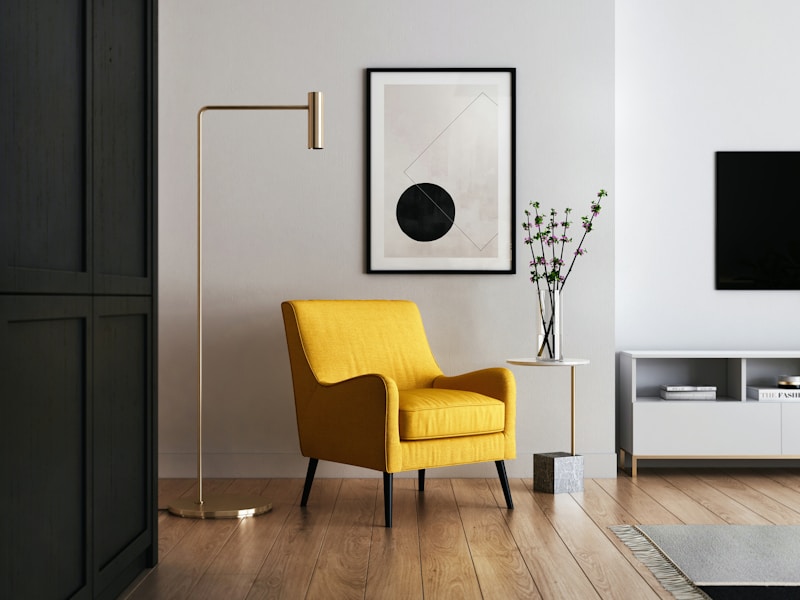Complete Smart Home Guide 2024: From Beginner to Expert
A comprehensive guide to smart home ecosystems, from device selection to system configuration

Modern smart home systems integrate lighting, security, entertainment, and more
Overview
Smart homes are no longer a concept from science fiction movies but a reality that has entered millions of households. This article will provide you with a detailed guide on how to build a smart home system from scratch, including professional advice on device selection, installation and configuration, and system optimization, helping you create a comfortable, secure, and energy-efficient smart living space.
Key Takeaways
- Understanding the basic concepts and core components of smart homes
- Learning to choose suitable smart devices and platforms
- Mastering key steps in system installation and configuration
- Getting practical tips and maintenance suggestions
Table of Contents
What is a Smart Home?
A smart home uses networking technology, communication protocols, security systems, and automation to integrate household devices and systems, creating an efficient management system for residential facilities and daily household activities.
Core Value of Smart Homes
Through intelligent control, achieve a comfortable, secure, energy-efficient, and convenient modern lifestyle.
Core Components of Smart Homes
1. Smart Control Systems
The smart control hub is the "brain" of the entire smart home system, responsible for coordinating the operation of various devices. Popular smart control platforms include:
- Apple HomeKit: Ideal for Apple ecosystem users, high security but limited device compatibility
- Google Assistant: Open platform with wide device support and accurate voice recognition
- Amazon Alexa: Highest global market share, rich third-party integrations
- Samsung SmartThings: Comprehensive compatibility, supports various protocols
- Hubitat: Local processing focused, enhanced privacy protection
2. Smart Lighting Systems
Smart lighting is an entry-level application for smart homes with the most intuitive effects:
Smart lighting not only enables remote control but also brightness adjustment, color temperature control, and scene mode switching, significantly improving quality of life.
Recommended Products:
- Philips Hue: Rich colors, supports 16 million colors
- LIFX Smart Bulbs: No hub required, direct WiFi connection
- Lutron Caseta: Professional-grade dimming system
3. Smart Security Systems
Home security is a crucial component of smart homes, including these devices:
- Smart Door Locks: Fingerprint, passcode, and remote unlocking
- Security Cameras: Real-time monitoring, motion detection, cloud storage
- Door/Window Sensors: Detect door/window status, send alerts when abnormal
- Smoke Detectors: Fire warning, protecting life safety
- Water Leak Sensors: Detect water leaks, automatically shut off valves
4. Smart Appliance Control
Traditional appliances can be made smart through the following methods:
- Smart Plugs: Enable remote control for regular appliances
- Smart Switches: Replace traditional switches without rewiring
- IR Blasters: Control AC, TV, and other IR-controlled devices
- Smart Curtain Motors: Scheduled opening/closing, light sensing
Installation and Configuration Guide
Important Reminder
Before starting to build your smart home, it's recommended to create a detailed plan to avoid rework and waste.
Step 1: Create an Overall Plan
Before purchasing devices, create a detailed plan based on your household's actual situation:
- Determine budget range (Entry: $500-$1500, Intermediate: $1500-$5000, Advanced: $5000+)
- Analyze family members' usage habits
- Evaluate house structure and network conditions
- Choose a unified ecosystem platform
Step 2: Network Infrastructure Setup
A stable network connection is fundamental for smart home systems:
- WiFi Coverage: Ensure whole-home WiFi signal strength above -70dBm
- Router Selection: Recommend WiFi 6 routers for more concurrent devices
- Network Security: Set strong passwords, regularly update firmware
- Backup Network: Consider 4G/5G backup for system stability
Step 3: Device Purchase and Installation
Suggest adding devices gradually in this priority order:
- Core Control Devices: Smart speakers or control panels
- Basic Lighting: Smart switches or bulbs for main areas
- Security Devices: Smart locks, cameras
- Environment Control: Smart plugs, IR controllers
- Advanced Features: Sensors, smart curtains, etc.
Tips & Optimization Suggestions
Common Issues and Solutions
What to do about unstable device connections?
- Check WiFi signal strength, add repeaters if needed
- Regularly restart router, clear cache
- Optimize device placement, avoid metal obstructions
- Update device firmware to latest version
How to protect privacy and security?
- Regularly change device passwords, enable two-factor authentication
- Disable unnecessary data collection features
- Choose devices that support local storage
- Set up separate IoT network, isolated from main network
Security Advice
Smart device security is crucial. Regularly check device permissions, update firmware promptly, and protect personal privacy.
2024 Smart Home Trends
With continuous technological advancement, the smart home industry is rapidly evolving:
- Matter Protocol Adoption: Device interoperability becomes simpler
- AI Enhancement: Devices become more intelligent, learning user habits
- Edge Computing: Enhanced local processing, reduced cloud dependency
- Energy Efficiency: More devices feature energy monitoring and optimization
Conclusion and Future Outlook
Building a smart home system is a gradual process that doesn't require everything at once. Start with basic needs and gradually expand system functionality. When choosing devices, consider compatibility, stability, and after-sales service. Avoid choosing poor quality products just to save money.
Remember, the ultimate goal of smart homes is to make life more convenient, comfortable, and secure, not just for showing off technology. Plan your system according to actual needs to truly enjoy the convenience of smart living.
Core Recommendations
Choose the right smart home platform, start with basic devices, and gradually build a complete smart living environment. Prioritize security and privacy protection while enjoying technological convenience.



Reader Comments
Leave a Comment